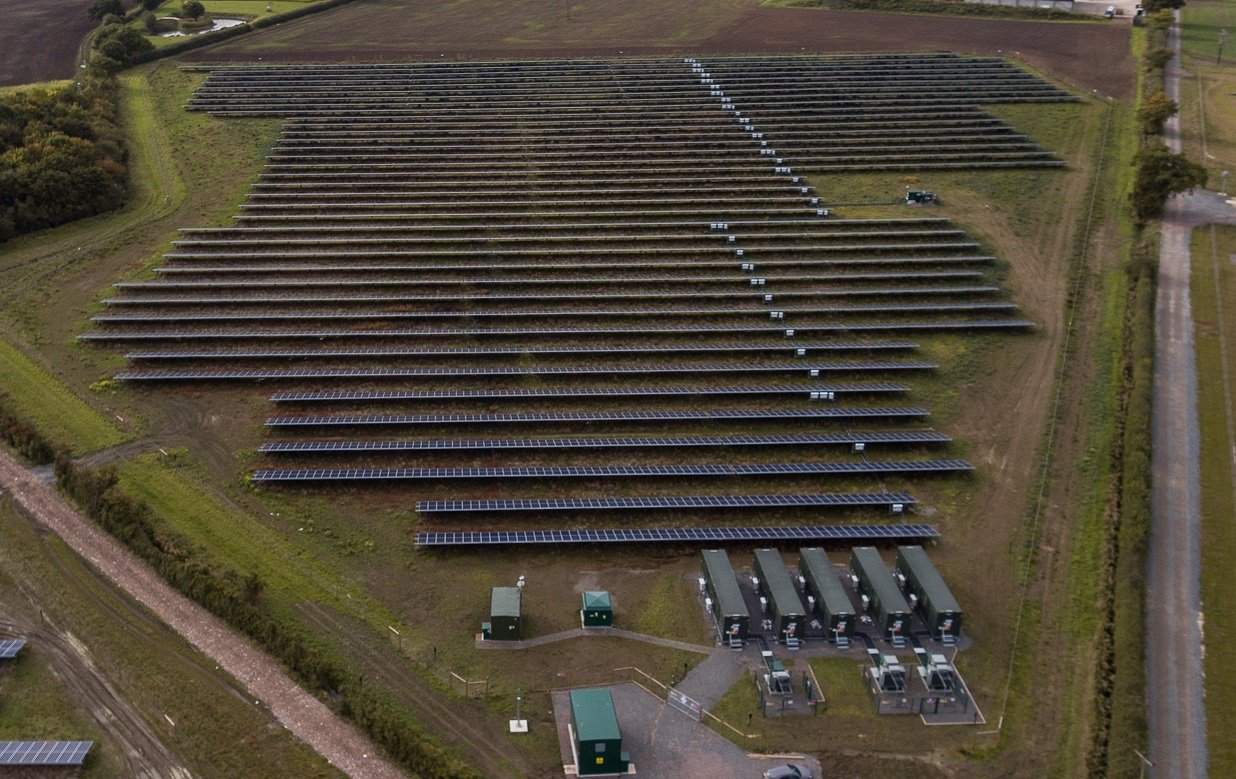After years of build up, a giant battery storage project is online in Moss Landing, California, and a huge one is on the way in Florida.
Just five years ago, a 20 megawatt battery storage project was considered big.
Now a 300 megawatt project, the largest in the world, has gone online in California, and even bigger battery projects are coming in 2021.
Battery storage has entered a new phase of rapid growth, brought on by falling prices for lithium-ion batteries and rising demand for electricity sources that can fill in the gaps in a grid that is increasingly fueled by wind and solar. High demand is leading to a boom in investment in battery companies, and fevered speculation about new kinds of batteries.
Battery storage is a crucial part of the transition to clean energy because of the way it can store power from intermittent sources for use at other times, providing a cleaner and less expensive alternative to natural gas power plants.
And 2021 is shaping up to be the year in which battery storage takes a big step toward being an essential part of the grid, rather than operating at the edges.
To help make sense of it, I reached out to Eric Gimon, a policy adviser for the think tank Energy Innovation.
“I feel like we have crossed a threshold,” he said, about the completion of a new wave of big battery projects. “That’s important, a signpost that we’re moving into a new era.”
We are living, he said, in a period when batteries “have arrived.”
To understand the size of the new battery storage projects, it helps to grasp the two key measures: megawatts, which show how much power a battery storage system can produce at one moment, and megawatt-hours, which indicate a battery’s duration by showing how many units of electricity a system can produce before needing to be recharged.
Here are the two largest projects:
Vistra Moss Landing Energy Storage in Moss Landing, California, went online last month with capacity of 300 megawatts, making it the largest battery storage system in the world. The system runs for four hours and produces up to 1,200 megawatt-hours before needing to be recharged. A second phase of 100 megawatts is under construction and will likely be complete in August, according to the developer, Vistra Energy.
Manatee Energy Storage Center near Parrish, Florida, will have capacity of 409 megawatts, which will be the largest capacity of any facility now under construction. The system has a duration of slightly more than two hours, producing up to 900 megawatt-hours on single charge. The developer, NextEra Energy, says the project is on track to go online near the end of 2021.
So Manatee is the largest in terms of megawatts of capacity, while Vistra Moss Landing is the largest in terms of the amount of electricity it can generate before a recharge. The differences come down to design choices made by the developers, which are based on the size and duration that the local grid needs, among many other considerations.
Gimon said grid operators and regulators are still getting used to the growing presence of battery storage and figuring out how this rapid change will affect electricity prices and the way that various power producers work together.
Read more: Inside Climate News




